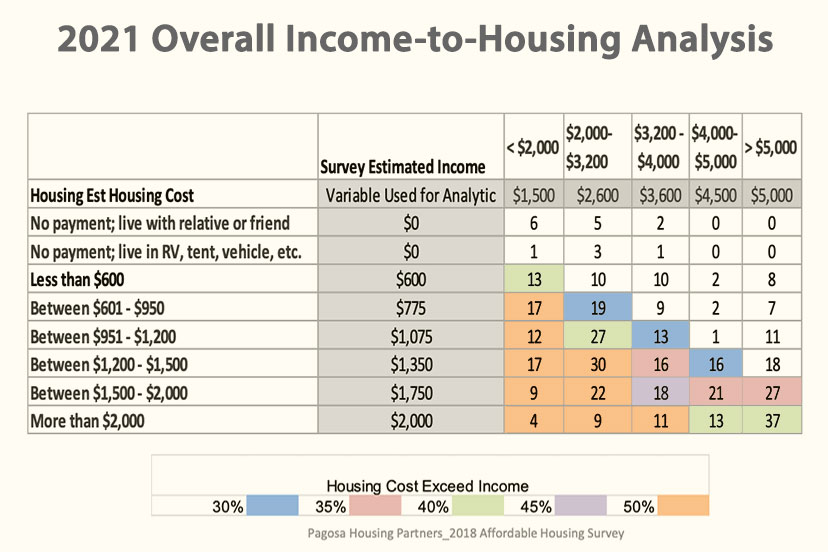Every Coloradan should be able to live where they work. The Innovative Housing Incentive Program is a key part of making that principle a reality. The grants announced today will help to lift up companies working to drive down housing costs through new ways of building homes. That’s good for our economy and it’s good for Coloradans looking for an affordable place to live…
— Colorado State Senator Jeff Bridges, in a October 24, 2023 press release.
This week, the Colorado Office of Economic Development and International Trade (OEDIT) announced three new recipients of ‘Innovative Housing Incentive Program’ (IHIP) grants.
These grants will supposedly address “the Governor’s plans to help create a house for every Colorado budget” and “invests in companies working to develop more housing in Colorado. This third round of IHIP grant funding will directly incentivize the creation of 606 attainable housing units across Colorado.”
“We need more housing now and our administration is stepping up to provide this third round of grants to help create 600 new housing units in Colorado starting at $300,000,” said Governor Jared Polis. “This new housing will help support Colorado’s workforce, economy and ensure our state remains a place where people can live where they want to live — close to their jobs, schools, the places they love or where they grew up.”
One of the companies granted taxpayer subsidies is Durango-based Timber Age Systems, which manufactures “panelized homes using timber harvested responsibly from wildfire-prone forests in the Durango area.” The timber is milled and manufactured into cross-laminated timber panels at the company’s facility in Ignacio. Timber Age estimates that a 1,000 square-foot entry level home “could start as low as $300,000 depending on the geographic market.”
“Could start… depending…”
Another grant recipient is Phoenix Haus, based in Grand Junction. A new home from Phoenix Haus is projected to start around $500,000. The company has been awarded up to $710,000 for the construction of 90 housing units.
In other words, Governor Polis and OEDIT are handing out taxpayer subsidies to companies… to build homes that will be affordable to households earning $100,000 to $160,000 a year.
Perhaps what Governor Polis and Senator Bridges meant to say was, every Coloradan should be able to live where they work… so long as they earn $100,000 to $160,000 per year?
In the summer of 2021, when the tourism industry was booming in Pagosa Springs during the COVID ‘pandemic’, a non-profit named Pagosa Housing Partners surveyed over 400 working families to get a better understanding of the local housing crisis. An analysis of the resulting data by Joanne Whitney generated a number of graphs and charts illustrating the crisis, including this one:

Here are the most important things this chart is trying to tell us, based on responses from 447 working households in Archuleta County:
1. The largest group of workers in Pagosa Springs earn between $2,000 and $3,200 per month, which translates to about $24,000 to $38,000 per year. According to the Colorado Housing and Finance Authority (CHFA) — and numerous other government agencies — a household should be paying no more than 30% of its annual income on housing costs. A household with an income of $24,000 should be paying a rent or mortgage of about $600 a month, including utilities. At $38,000 the rent or mortgage should be about $960, including utilities.
2. Nearly two out of three working households (63%) earn less than $48,000 a year.
3. Only one out of four (24%) working households earns more than $60,000 per year. (More than $5,000 a month.) Most of those households are paying in excess of 30% of their income for housing.
4. Nearly half (46%) of the households earning $48,000 a year or less are “severely cost burdened” — paying 50% or more of their income for housing costs. (Shown in the orange color.)
5. To address the crisis faced by 75% of working Pagosa households, we need mortgages and rents of less than $1,200 a month — and for nearly half of our families, rents and mortgages of less than $960, including utilities.
If we were inclined to evaluate the glowing claims about housing grants coming from OEDIT — taxpayer subsidies for homes costing $300,000 and more — in terms of the information gathered by Pagosa Housing Partners in 2021, we could easily conclude that our state government has no freaking intention of addressing the housing crisis in Pagosa Springs with these particular grants. Our state government is using our tax money to subsidize housing for some of the state’s wealthiest families.
The sad fact is, building new housing that can sell or rent for less than $1,000 a month feels nearly impossible, in our current economy. In their frustration, the state government wants to do something — anything — to address the crisis, and the easiest route is to build homes for the wealthiest families. (Like, for example, the folks who work in government?)
I mean, I get it. But that doesn’t mean I like it.
What is the solution? Well, it’s apparently not coming from the state government. If it’s going to come from anywhere, it will come from private foundations and non-profit corporations… and from local government and local businesses and local volunteers.
The first step, for local government, is to look at land use codes, which are set by local governments themselves. It doesn’t cost any money to change the land use codes and make it easier for people to create homes that are affordable.
It doesn’t cost any money to change land use codes… but it will likely piss a lot of people off… people who thought we would always make sure the working families lived in some other neighborhood. Not in my neighborhood.
